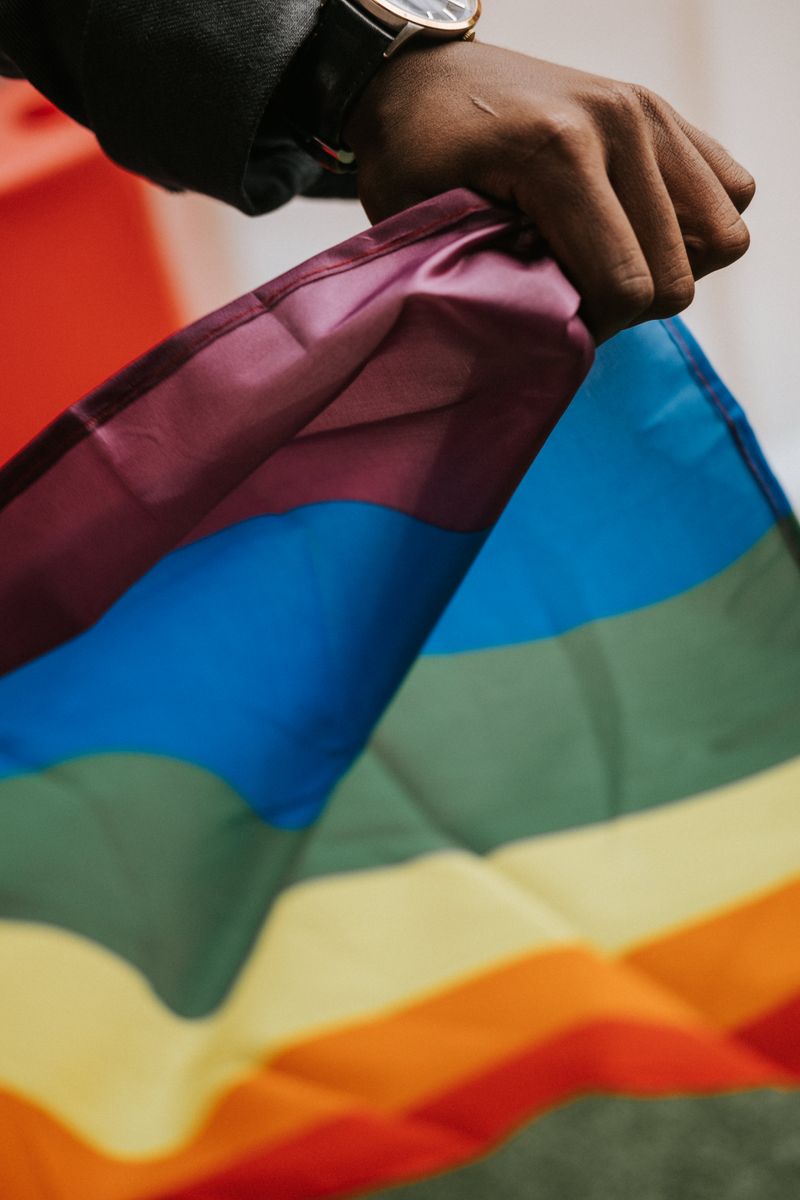A scandal involving a BBC presenter has recently emerged, causing turmoil and raising important legal questions. The allegations suggest that the presenter paid a 17-year-old for explicit images. While many details remain unknown, it is crucial to understand the legal framework surrounding the exchange of sexually explicit material involving young people in the UK.
UK Law and Exchange of Sexually Explicit Material
Under UK law, the exchange of sexually explicit material involving young people is taken very seriously. According to the young person’s mother, the presenter allegedly paid a significant amount of money for explicit images. Online communications between the two began when the young person was 17. The young person’s lawyer has claimed that nothing inappropriate or unlawful occurred. However, the legality of the exchange will heavily depend on the age of the young person when the images were exchanged.
Age of Consent and Indecent Images
The age at which young people can share explicit photographs is higher than the age at which they can consent to sexual activity. This distinction aims to protect young people from potential harm and exploitation in the digital age of poorly-regulated social media. Thus, even if the young person consented to sharing the explicit images, the claims in this case are likely to be taken seriously.
Possible Offences under UK Law
In this situation, the most likely offense to be considered is set out in the Protection of Children Act 1978. This law makes it an offense to take, show, make, distribute, or advertise indecent photographs of a child. Importantly, the term “make” includes livestreamed images, as the act of viewing such images constitutes their creation.
Furthermore, the Criminal Justice Act 1988 makes it an offense to possess an indecent photograph of a person under the age of 18, even if the photos were distributed after the person turned 18. To secure a conviction in such a case, a jury must deem the image to be “indecent,” based on recognized standards of propriety, including the age of the child depicted.
Potential Sentencing and Aggravating Factors
If a prosecution and conviction were to occur in this case, the likely sentence would be based on the making or possession of images involving “non-penetrative sexual activity” by a child. The offense of making the image carries a minimum sentence of two years’ imprisonment, while possession carries a minimum sentence of 26 weeks.
In this context, the potential abuse of power or trust by a person in a position of significant influence on a vulnerable young person could be an aggravating factor. Such abuse could increase the maximum sentence to four years’ imprisonment for the making offense. A judge may also take into account the vulnerability of the child depicted, the number of images involved, and whether the child appeared to be intoxicated or drunk.
The Impact of Alleged Drug Use
In this particular case, the mother’s claims that the substantial amount of money paid to her child was used to fuel significant drug consumption could lead to more serious offenses. The Sexual Offences Act 2003 makes it an offense to intentionally cause or incite a child under 18 to be sexually exploited, carrying a maximum sentence of 14 years’ imprisonment. Sexual exploitation includes the provision of sexual services for payment, which since 2017, also encompasses the streaming or transmission of images via the internet or other technological means.
The age of the young person involved will be relevant in determining any potential prosecution under this act. If the presenter claims to have believed the child was over 18, the prosecution would need to demonstrate that the average person would not have held the same belief. Furthermore, the age of the child will impact the sentencing, with the maximum sentence being significantly reduced if the victim is aged 16 or 17.
Seeking Truth, Accountability, and Protection
While the details of this scandal are still emerging, it is essential to emphasize the importance of seeking truth, accountability, and the protection of vulnerable individuals involved. Delving into legal analyses and understanding the potential consequences can help shed light on the seriousness of the allegations and the legal framework designed to address such incidents.
As investigations continue and potential legal actions unfold, the responsibility lies on the authorities to ensure justice is served, taking into account the age and vulnerability of the young person and any possible abuse of power that may have occurred. The impacts of this scandal reach beyond the individuals involved, highlighting the urgent need for better regulation and safeguards against the production and distribution of indecent images of children in today’s technologically advanced world.
Disclaimer: The views and opinions expressed in this article are those of the author and do not necessarily reflect the official policy or position of any organization mentioned.

<< photo by Melinda Gimpel >>
The image is for illustrative purposes only and does not depict the actual situation.




